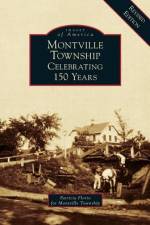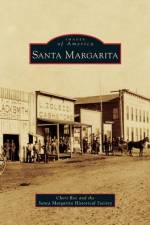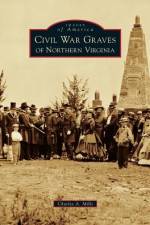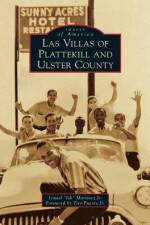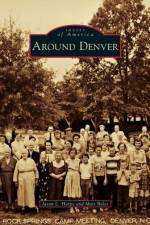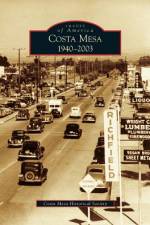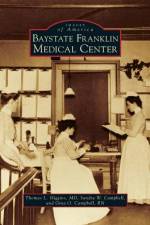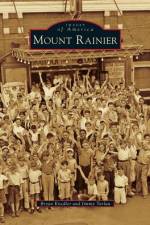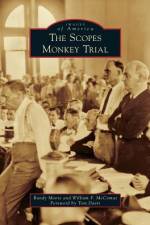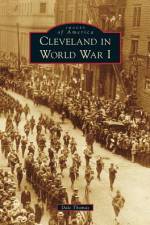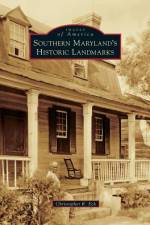von Samuel Hale II
29,00 €
Alleghany County was formed in 1822 from parts of Botetourt, Bath, and Monroe Counties. The area was settled in 1746, and by the early part of the 19th century, a number of settlements and large farms were operating locally. Covington, Clifton Forge, Iron Gate, Longdale, Selma, Low Moor, and other small communities developed, and the natural resources in the area led to the establishment of several industrial operations. The railroad came to Selma in 1857, and after the Civil War, the Chesapeake & Ohio Railroad was completed to Huntington, West Virginia. The abundance of timber, rich deposits of iron ore, and accessibility to rails, rivers, and streams contributed to industrial growth. Brickyards, lumber mills, tanneries, iron smelters, and agricultural operations attracted other businesses and industries, bringing rapid growth to the area. In Covington, the West Virginia Pulp and Paper Company built a mill in 1899. Ever since, the company has served as the county s economic mainstay."

